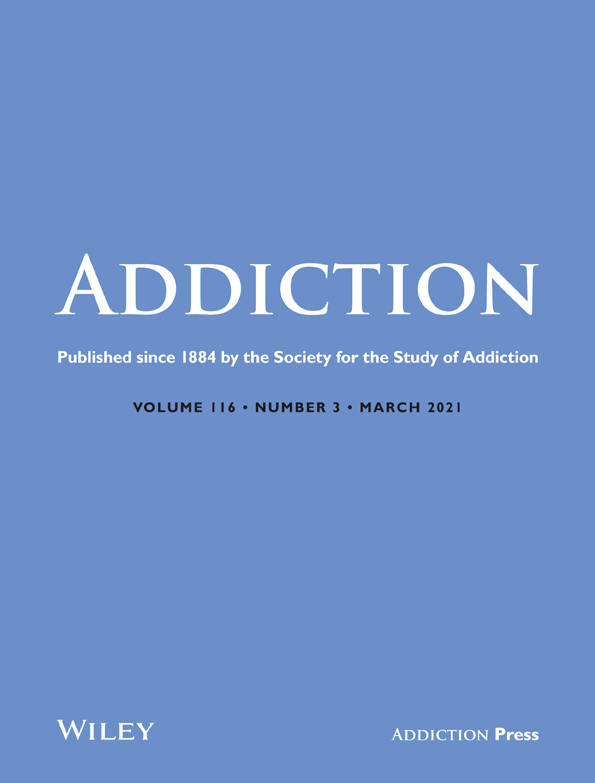Commentary on Furr-Holden et al. : Drugs, class, and race—recent developments in the opioid epidemic call for urgent next steps
Race and class have shaped the way our nation responds to drug epidemics. The surge in African American opioid fatalities highlights the urgent need to advocate for disadvantaged patient populations and to develop a lasting infrastructure for compassionate substance use care.
Historically, the US political and cultural responses to surges in drug use have been inextricably tied to affected populations. Cocaine use became popular at the turn of the 20th century for both coastal elite white Americans and poor southern black Americans. While use among elite whites was largely ignored, individuals in the medical and political community stoked fears that cocaine use was pervasive among African Americans and was a central cause of crime against whites [1, 2]. In the 1950s, amphetamines were developed and prescribed as diet and energy pills for suburban, white housewives, but urban, minority users of the same drugs were berated as ‘speed freaks’ [3]. In the 1980s, Americans blamed a surge in crack use for urban violence and demanded harsh criminal penalties for users [4], and in the 1990s methamphetamine use among poor Appalachian whites generated more abrasive stereotypes than public health action.
Collectively, the politically and culturally powerful have tended to treat surges in drug use as the problem of poor, urban minorities, even when wealthier, suburban whites faced similar increases [5]. They stigmatized substance use disorders as a moral failing on the part of the lower classes—poor urban blacks and rural whites—and designed policy focused on preventing crime perpetrated by users rather than helping the users themselves. This largely racist and classist stigma inundated the field, and for too long, too many researchers, clinicians and policymakers were complicit in accepting substance use disorders as a low-class vice rather than a human medical condition.
In this way, the opioid epidemic was a watershed moment for the substance use field. When opioid use and harms surged in middle-class, white, suburban towns in the 2000s and 2010s, substance use disorders finally began to receive the medical and political attention they had always deserved, and the subfield of addiction medicine became a more integral (although not fully integrated) component of the medical sciences [6, 7]. Of course, the opioid epidemic had other factors beyond race and class that made compassionate treatment a politically priority—e.g. relatively low fear of violence by users and dealers, a severe death toll and the epidemic's intimate connection with medically prescribed opioids—but it is nearly impossible to dismiss the role of a majority suburban white patient population.
The tendency for our nation to offer greater sympathies to suburban, middle-class whites than poor, urban blacks is, of course, and without caveat, abhorrent. However, this disparity highlighted through the opioid epidemic gave us an opportunity to help all those suffering from substance use disorders, both white and minority. Many seized on the opportunity, using an increased investment in opioid disorders to develop and implement compassionate, evidence-based practices and policies [8]. However, this cannot be the end of our work. It is imperative that we act now, while the winds are in our favor, to make a lasting impact on how substance use disorders are treated in the United States.
Furr-Holden et al. [9] report data from the Centers from Disease Control showing that African Americans now outpace whites in opioid-involved overdose deaths. While opioid overdose deaths have increased by more than 75% among whites between 2013 and 2018, they have increased nearly 200% among African Americans during the same time-frame. This development calls for two urgent actions.
First, we must not let our sympathies and, more importantly, our investments in opioid disorders fade. Our nation's recent racial reckoning has highlighted how fiercely we need to fight against individual and systemic biases and racism [10, 11] and, as a field, we must advocate to provide the same urgent support to African American communities now as we have for white communities. Secondly, we must act now to establish a lasting infrastructure for inclusive, compassionate and evidence-based substance use care and policy. Elements of this infrastructure may include increased treatment and recovery facilities [12], systems for ‘warm handoffs’ and case coordination [13] and policies that enable greater supply and lower cost of effective medication-assisted treatments [14].
Political priorities are fickle. If we establish an infrastructure now, we will be better equipped to address the continued opioid epidemic among whites, the surge of opioid fatalities in the African American community and all future substance use epidemics, regardless of which population is most severely impacted.
Declaration of interests
The author reports an equity interest in Data Science Solutions LLC, a public health consulting firm.




